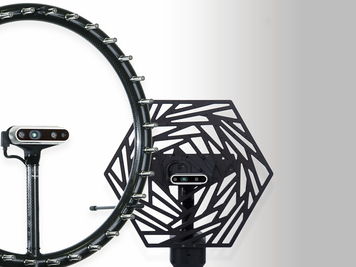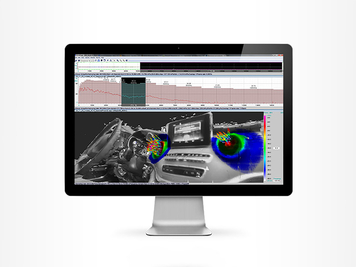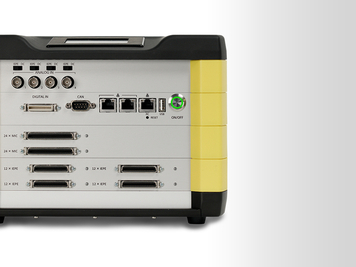The concept of correlation in general quantifies the similarity of two spatial- or time-dependent signals \( x\) and \( y\). The main property of correlation is that both signals do not have to depend on each other; only statements regarding their similarity can be given. Correlation is, however, not adequate to reveal the existence of a causal relationship between \( x\) and \( y\).
Mathematical Definition
The correlation of two real-valued and time-dependent signals \( x(t)\) and \( y(t)\) is defined as \begin{align} r_{xy}(\tau) = \int_{-\infty}^{\infty} x(t)\cdot y(t-\tau)\text{d}t. \end{align} The correlation function \( r_{xy}(\tau)\) quantifies the conformity of \( x(t)\) compared to a time-shifted signal \( y(t-\tau)\). The variable \( \tau\) contains the temporal distance between both signals. The higher the value of the correlation function, the more similar are both signals to each other.
Graphical Visualization
In the above animation, the correlation of two time-variant signals \( x(t)\) and \( y(t)\) is compared and visualized. For this purpose, \( y(t)\) is shifted continuously by increasing values \( \tau\) towards \( x(t)\); for each time-shift, the value of the correlation is calculated (Fig. 1).
The point at which the correlation function reaches its maximum provides information about the similarity of the signals and when this similarity occurs.




